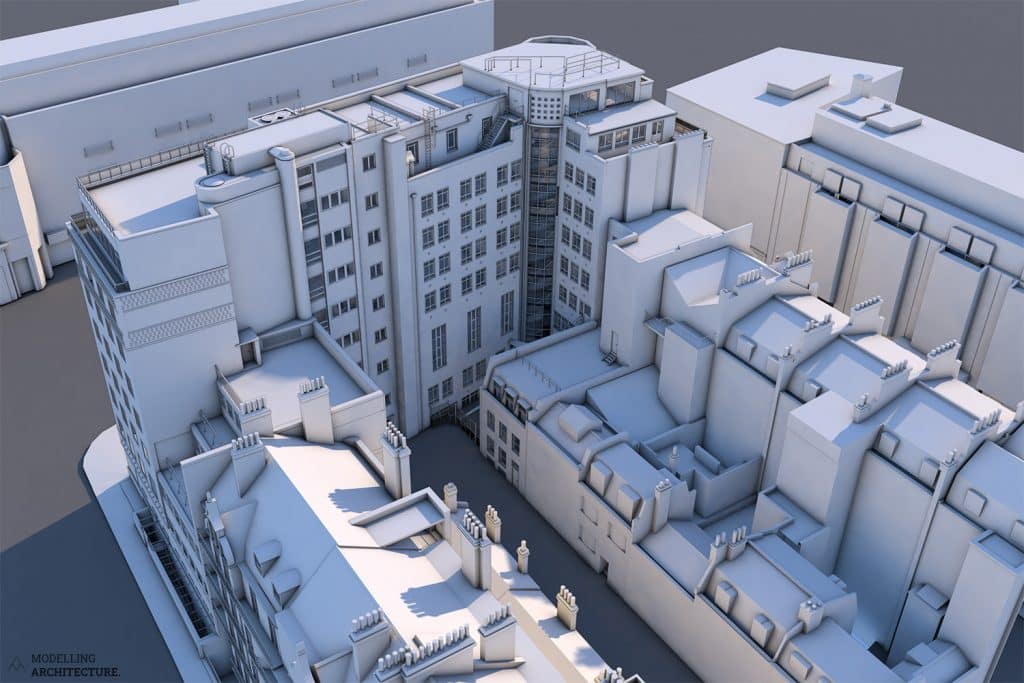Architects always use a lot of visuals and graphics to translate their ideas. Indesign offers a simple way to manage all of the graphics and text in one place, review the document in its entirety, as well as the ability to export and print the final document with ease. Here are some of the Adobe InDesign tips for Presentation boards in architecture.
Make use of the master page
Often in architecture schools or offices, we are producing larger presentation boards. We shall update the drawings as per the reviews of the previous weeks. We can make use of master pages to add pages while maintaining the format of the sheets such as the bleed, page size, page numbers, dates, etc. When the final presentation is about to print, we can set the appropriate format to the master page and get them.

Don’t forget the bleed
Bleed is the margin of error when the document is trimmed after it is printed. Always don’t forget the bleed. By including a bleed in your InDesign documents you can help to make your final print product look flawless, and minimize the visibility of any trimming errors. If you’re creating a single-page document you can set a bleed all the way around the document.
But if you’re creating a document with facing pages, you don’t need to include a bleed on the inside edge.

Link multiple files
As architects and architecture students, we continuously change plans, yet we have to present them on presentation boards. Indesign helps to avoid working on the presentation of plans, as the photoshop files of drawings can be directly linked to Indesign. With Indesign, we could have updated plans, photoshop files, illustrator files, pdfs which can be updated throughout the project.
Maximize the legibility of text
Type size is the most important aspect of a presentation board. An illegible presentation, however good-looking, will be off-putting to a reader. Choose font size according to the font style and the size of the presentation. The font should be read easily by a casual reader.

Check for high-quality resolution
Photographs often cause the most misery when producing print layouts. And vector graphics, on the other hand, do not get pixelated even when it is resized. But, as long as the quality of the image(s) is high (the DPI more than 300 DPI), there’s no reason why both bitmap and vector graphics can’t work equally well in your print layouts.

Image quality vs Image size
An additional tip for high-resolution photographs is knowing the difference between image quality and image size. Though the file size is a good indicator of quality, it is not determined by the size of the file or even the size of the image. It is determined by the DPI (Dots Per Inch) of the image, If the DPI of the image is high, so is the quality of the image and if the DPI of the image is low, then the quality of the image is low.

Render in CMYK
A combination of colored inks makes up a presentation board. There are rules for printing colors and it makes your presentation board look as same as on the computer screen. The first rule for printing color is to render the InDesign file in CMYK. Do not render in RGB. RGB is only suitable for the digital or online format.

Export to Reader’s spread
In case of presentation boards arranged sequentially, do not forget to export them to Reader’s spread. The printer’s spread is suitable for a book in which two print pages are combined into a spread. Reader’s spread is what readers read sequentially from page 1, page 2, to so on.
Pick the right printing method
Choosing the right printing method is as important as working on your presentation boards in Indesign. Once you’ve completed your InDesign work, and feel ready to go to print, you can export your design as a print-ready file. Export the file as PDF in press quality. Ensure the bleed around the sheet before print. And you can also include printer marks for crop or trim and page information.
Use keyboard shortcuts
Using shortcuts is the most important time-saver tip of any software, and it becomes a crucial need in a program like Adobe Indesign with so many tools. Remember shortcuts and use them very often. Here are some of the keyboard shortcuts for Indesign.








